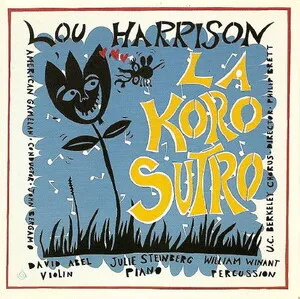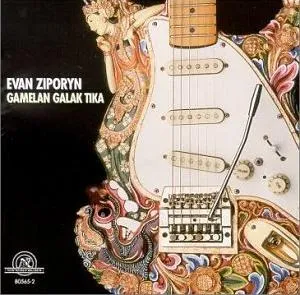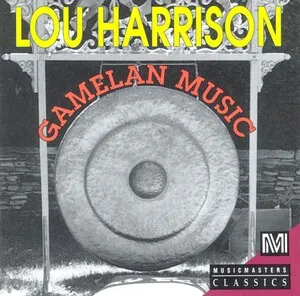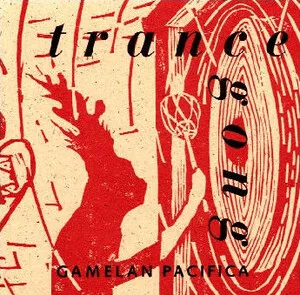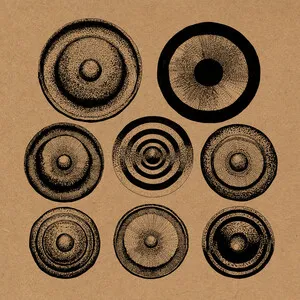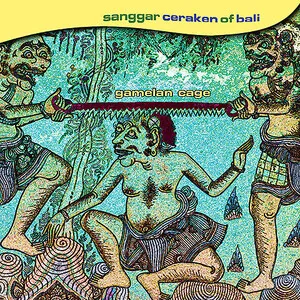
American gamelan is a movement within contemporary classical and experimental music in the United States that creates new repertoire for gamelan-style ensembles built or adapted outside Indonesia.
It draws on the cyclical, layered textures of Javanese and Balinese gamelan while embracing American instrument-building, just-intonation tunings, and minimalist process techniques. Ensembles often use homemade metallophones, gongs, and resonators fabricated from aluminum, steel, and other materials, producing a shimmering, bell-like sonority that is at once Indonesian-inspired and distinctively American.
Unlike traditional Indonesian genres tied to court, ritual, or theatre, American gamelan typically serves the concert stage and educational settings, favoring newly composed works, cross-cultural collaborations, and experiments that combine gamelan with Western instruments, voice, or electronics.
Interest in Indonesian gamelan among North American composers began to grow in the early 20th century, especially after exposures to Southeast Asian music at world’s fairs and scholarship by composers like Colin McPhee. The decisive shift toward building and composing for gamelan instruments in the United States coalesced in the 1960s, when composer Lou Harrison—deeply engaged with non–equal-temperament and just intonation—partnered with instrument builder William Colvig to construct American-made gamelan sets.
During the 1970s, Harrison and Colvig’s ensembles and instruments catalyzed a scene of American composers and builders who created new repertoires for gamelan-like orchestras. Parallel efforts emerged on both coasts and in academic settings. In New York, Barbara Benary, Daniel Goode, and Philip Corner founded Gamelan Son of Lion (1976), an emblematic ensemble dedicated to experimental and newly composed works. Daniel Schmidt, centered around the Bay Area and Mills College, advanced the craft of instrument fabrication and contributed influential compositions. In 1981, Jody Diamond founded the American Gamelan Institute, providing a hub for publishing scores, research, and networking among ensembles.
By the 199s and 2000s, American gamelan had spread through universities and community ensembles. Groups such as Gamelan Pacifica (Seattle) and Gamelan Galak Tika (MIT, led by Evan Ziporyn) fostered collaborations with Indonesian artists and embraced both traditional repertoire and new commissions. Composers experimented with combining gamelan with Western strings, winds, piano, chorus, and electronics, while refining tunings (often just-intonation or bespoke sléndro/pélog analogues) and extending colotomic and interlocking techniques in original ways.
Today, American gamelan remains a vibrant niche linking composition, ethnomusicology, and instrument-building. Ensembles commission new works, explore multimedia and dance collaborations, and engage in cultural exchange with Indonesian masters. The idiom continues to influence post-minimalist practices and world-fusion aesthetics, demonstrating how gamelan’s layered cyclicity and timbral luminosity can thrive in a distinctly American context.

